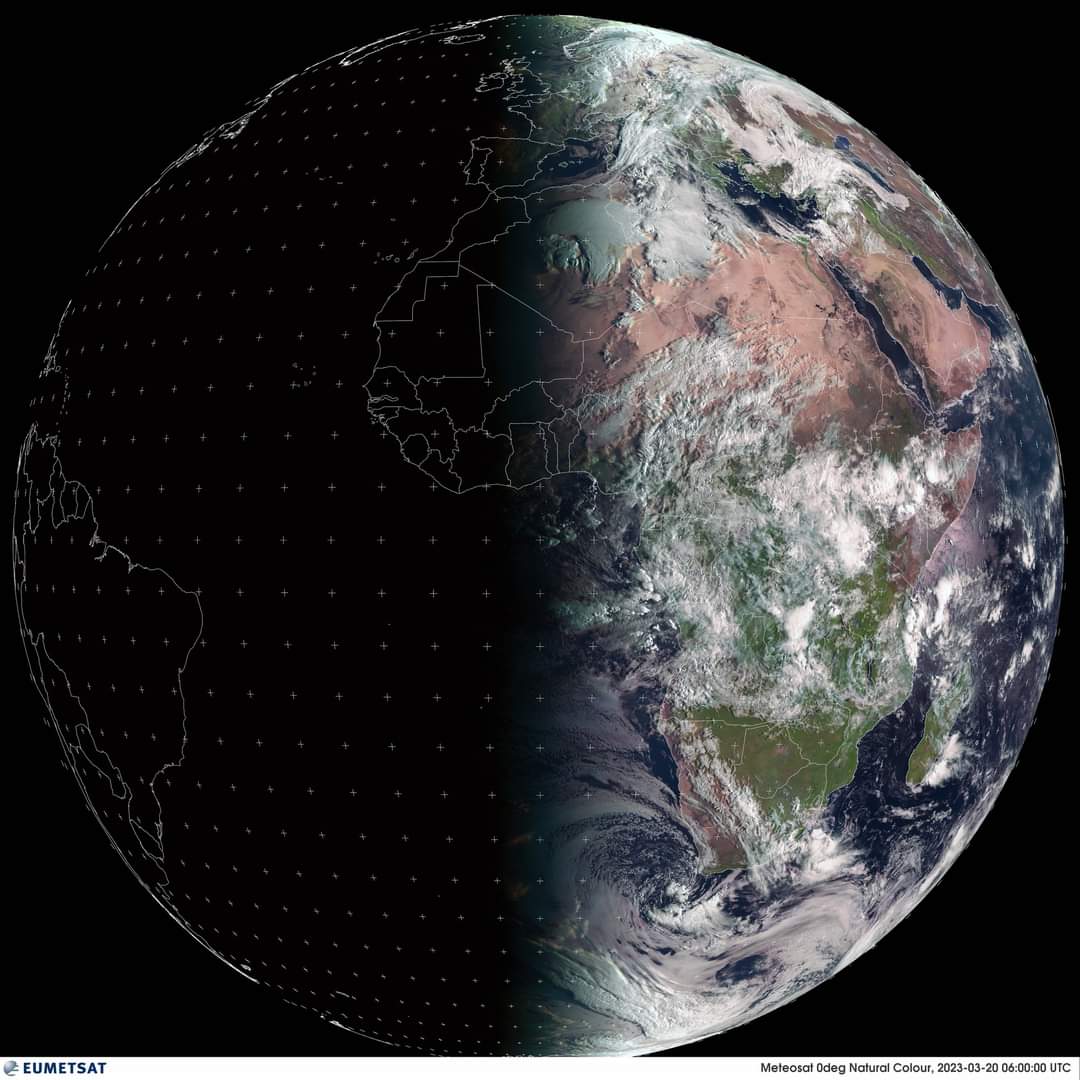By:The Weather Channel
Month after month, as we keep flipping our calendars, seasons change ‘meteorologically’, gauged through the fluctuations in temperatures. Astronomically though, the way to define seasons is through the length of the daytime, with subtle changes every single day due to the tilt of Earth’s axis.
The milestone events in the ‘astronomical seasons’ are what we know as equinoxes and solstices, often marked by myriad festivals and celebrations in different cultures as our planet journeys around the Sun.
Earth arrives at one such astronomical pit stop in March, known as the March or spring equinox!
The equinoxes
In its journey between the tropic of cancer and the tropic of capricorn, the Sun passes through the equator twice a year, once during March and again during September. These days are referred to as the equinoxes, observed twice yearly. They are also the only times the Northern and Southern hemisphere experience roughly equal amounts of daytime and nighttime.
The March equinox – also called the vernal Equinox – is the astronomical beginning of the spring season in the Northern Hemisphere, while the Southern hemisphere experiences autumn after the event.
This year, India will witness the Equinox on Tuesday, March 21, at 2.54 am. The event is usually followed by a rise in mercury levels across the country till May. But this time, most parts of the country seem to have started the summer party a little too early, with India witnessing the warmest February on record this year.
Nevertheless, equinox implies that the Sun crosses the equator’s path and becomes positioned directly above the equator on March 21st. This will result in near equal day and night over the entire planet and if you happen to look up on Tuesday noon (wearing eye protection, of course!), you will find the Sun’s rays directly overhead.
So, with India in the Northern hemisphere, it’s time we start getting ready to catch some early sunrises, late sunsets, and softer winds in certain regions. At the same time, the Southern hemisphere sees the reverse — later sunrises, earlier sunsets, chillier winds, and dry, falling leaves — from today onwards.
But are day and night of same length on the equinox?
While equinoxes do get us close to equally illuminated hemispheres, with 12 hours of both day and night, scientifically speaking, the ‘almost’ equal hours of day and night are not exactly equal for the entire planet.
This happens due to atmospheric refraction of Sunlight — bending of light rays as it passes through Earth’s atmosphere. This phenomenon causes the Sun to appear above the horizon when in reality, it is below the horizon during sunset and sunrise.
So, only at the equator, we experience equal day and night. But as we move away from the equator towards the poles, the length of the day on the equinox increases. At about 30° latitude, daytime gets about eight minutes longer than night, while the poles see daylight extending to about 12 hours and 16 minutes on equinox day.
